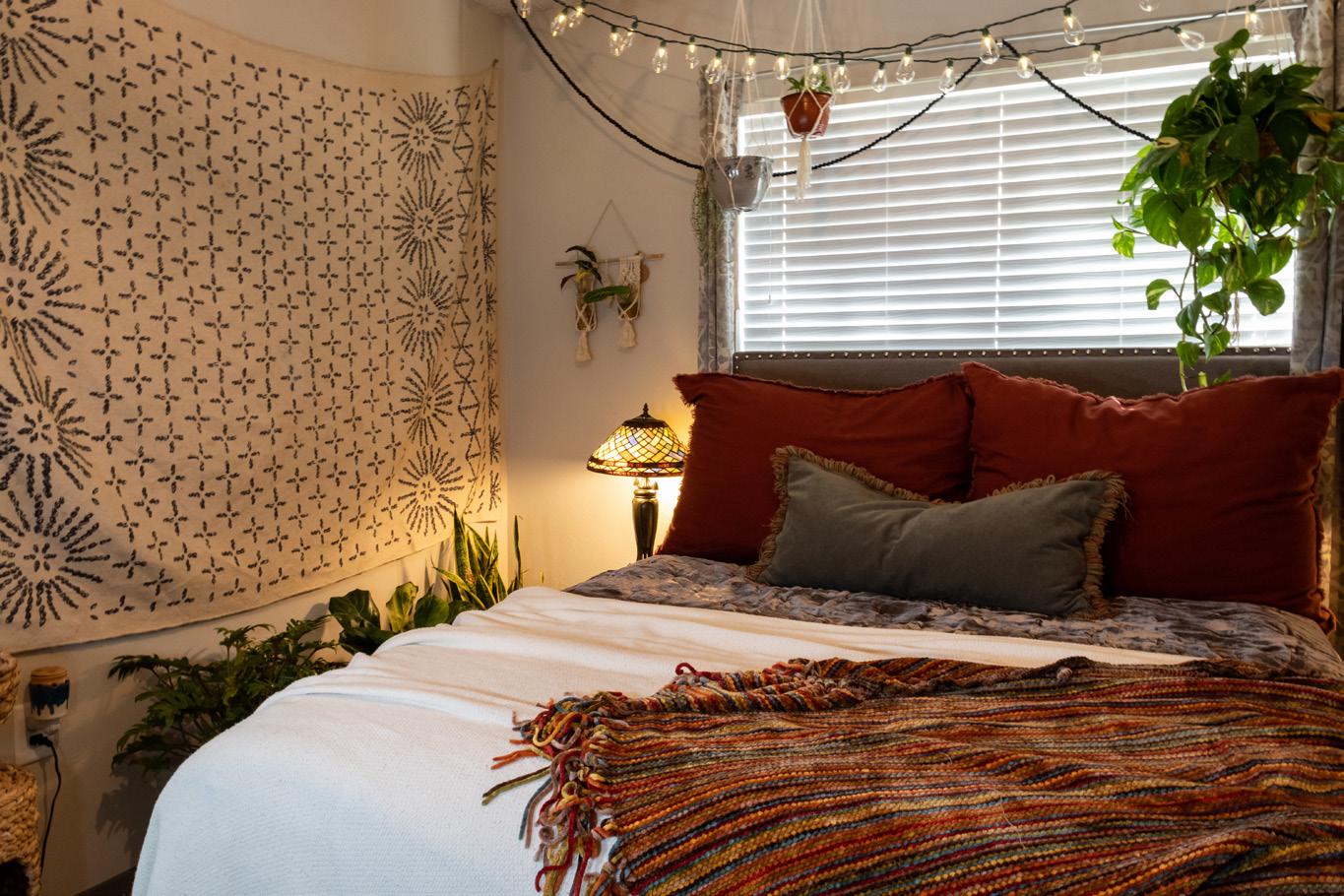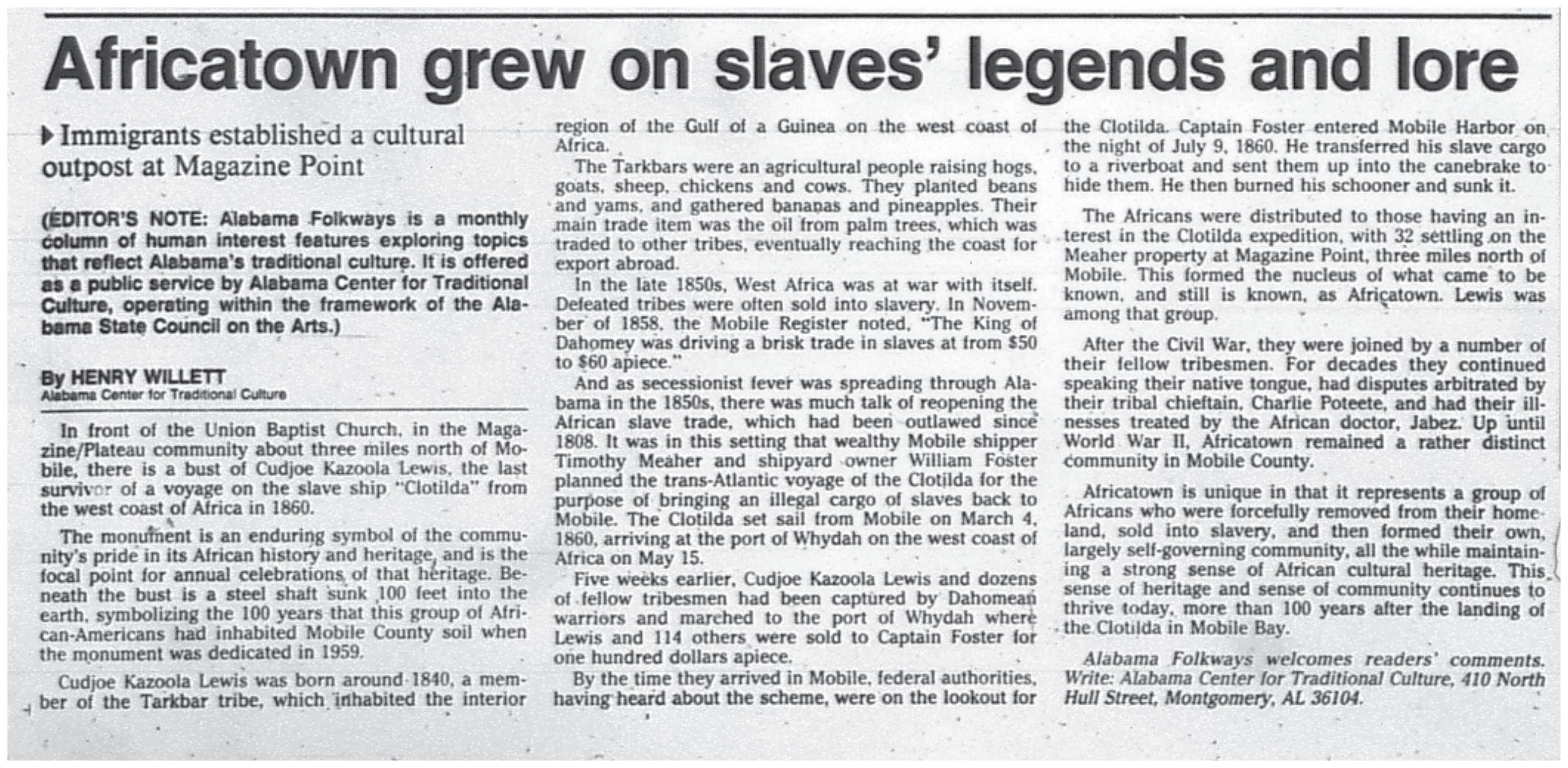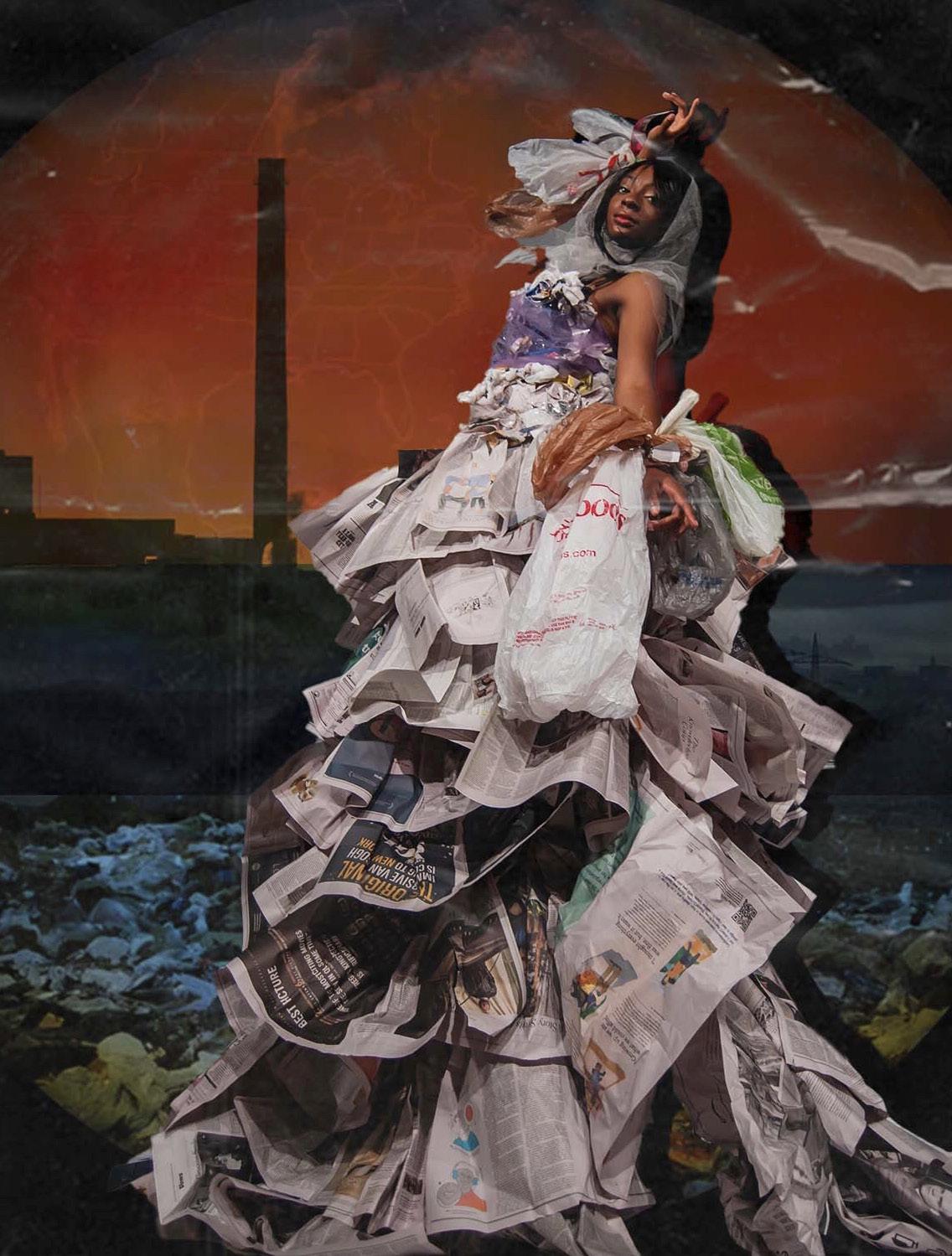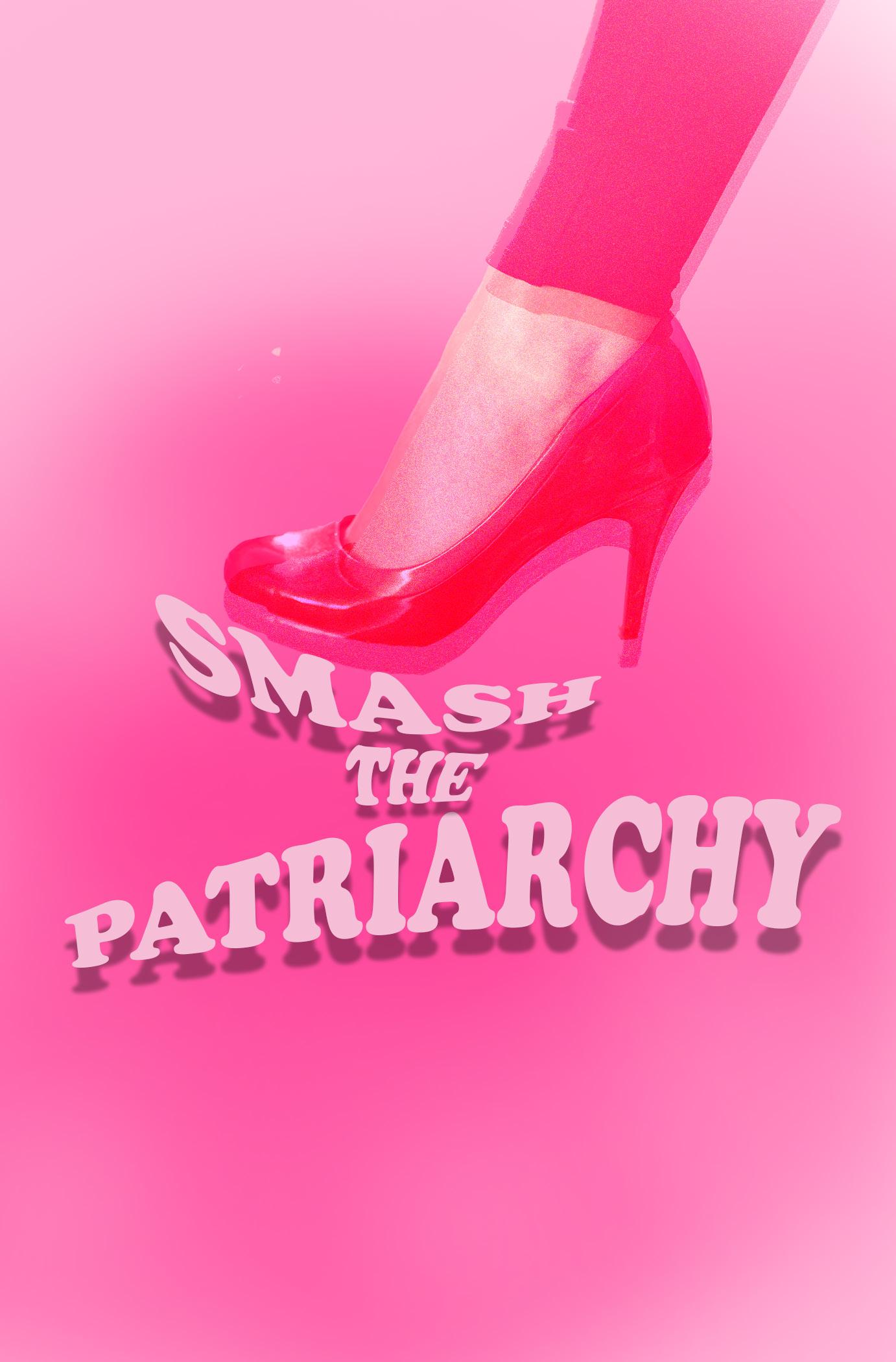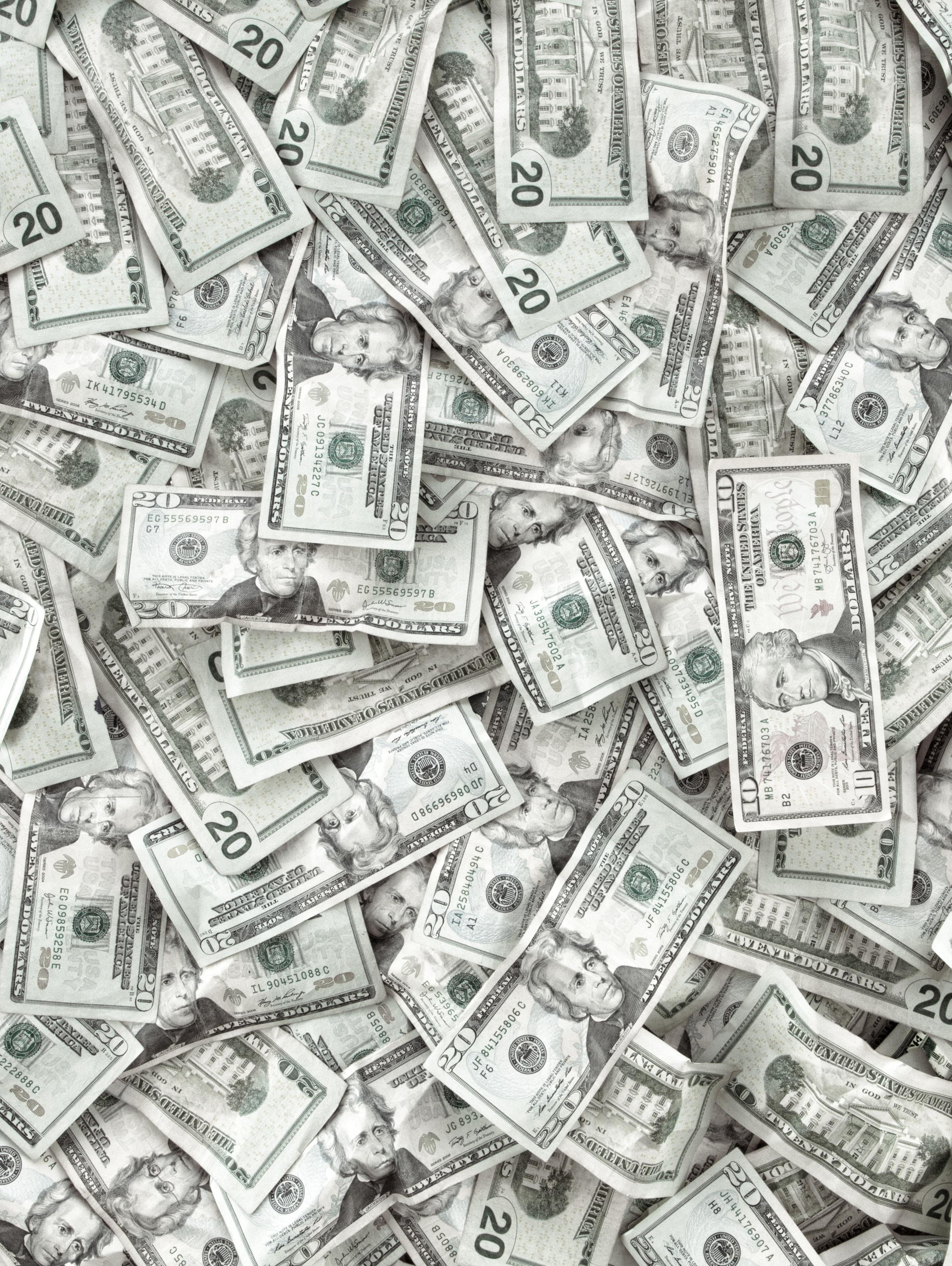
4 minute read
THE NOT SO ROARING ‘20S
From “the new normal” to “back to normal.” An editorial piece by Liv George. Photos by Breahna Crosslin. Modeled by Nick Coda-Ramos, Emily Gatewood, Leah Kunneth.

Advertisement
The past year has been a lesson in the tenacity of the human spirit. Since the discovery of the novel SARS-COVID-19 virus which subsequently sent the entire world into a frenzy, we’ve had to suffer major societal changes alone. Phrases such as “social distancing” and “the new normal” found themselves folded into our daily lexicon.
“The new normal,” as this COVID-19 phase of our collective experience has been dubbed, for many has brought mental health, financial, and social issues. The Congressional Research Service recorded the highest unemployment rate since tabulations began in 1948. The CDC has an entire page on their website dedicated to dealing with the mental strain of the pandemic.
So, now that vaccine rollout has begun and is picking up speed, there’s been a shift away from “the new normal” and now it’s “back to normal.” We’re anxious, literally, to get back to a way of life that is comfortable and easy for us.
At the risk of sounding like a middle schooler delivering their first-ever speech, let’s look at the actual definition of normal:





Normal: conforming to the standard or the common type; usual; not abnormal; regular; natural. serving to establish a standard. As of the past year, this new normal has integrated into just being the norm. After an entire year of this pandemic-lifestyle, it doesn’t seem like everything is going to return to exactly the way things were before.
Services like telehealth and curbside pickup are expected to stick around after the pandemic, as their convenience and stability works really well for most busy Americans.
More impactfully, there seems to be a permanent shift in the nature of our workforce, remote work.
Technology made it possible for us to attend work meetings, professional development conferences from the comfort of our homes. Forbes found that video conferences (whether live, pre-recorded, or recorded live and uploaded to a platform) were attended at higher rates than their in-person counterparts. Businesses also reportedly favor video conferencing, as it frees up a lot of their travel budget previously used to send employees to conferences.
Seeing what will stick around post-pandemic has inspired many to discuss what we should avoid going back to as we shift back to “normal.”
While for some, the return to normal means working in the office, parties on the weekends, and restaurant visits, if we were to look at just the United States, returning to the previous standard by which we lived means:

• Highest obesity rates of any developed nation • “a larger share of Americans suffer material hardship than is the case in most other affluent countries.” • Spend the most on healthcare, but also the most unhealthy • High incidence of gun violence and gunrelated deaths • Largest incarceration rate in the world • Approx. 30% of workers without health insurance • 750,000 people sleeping on the street every night • High levels of wealth inequality
To me, this doesn’t seem like the American dream. The American dream is touted as this ultimate good, almost a heaven for the average worker; that is, if you are a hard worker who pays taxes and makes your own way, you will be successful.
This ideal, this symbol at the heart of our society is a fallacy. Sure, anecdotally, you may know some people who truly did pull themselves up by their bootstraps to make it work in a society that was stacked against them.

But the fact of the matter, at least statistically, is that there is very little room for economic and social mobility in the United States, and COVID-19 showed exactly how fragile the average person’s financial situation was.
We knew that the “new normal” wasn’t permanent, but are we truly expected to go back to exactly the way things were before? Normal, of course, is relative, but if normal is the standard, we don’t have to accept our previous standard anymore. We can demand change, we’ve started demanding change. We can make the American Dream a reality again. We can return to a better normal than the one we came from.



